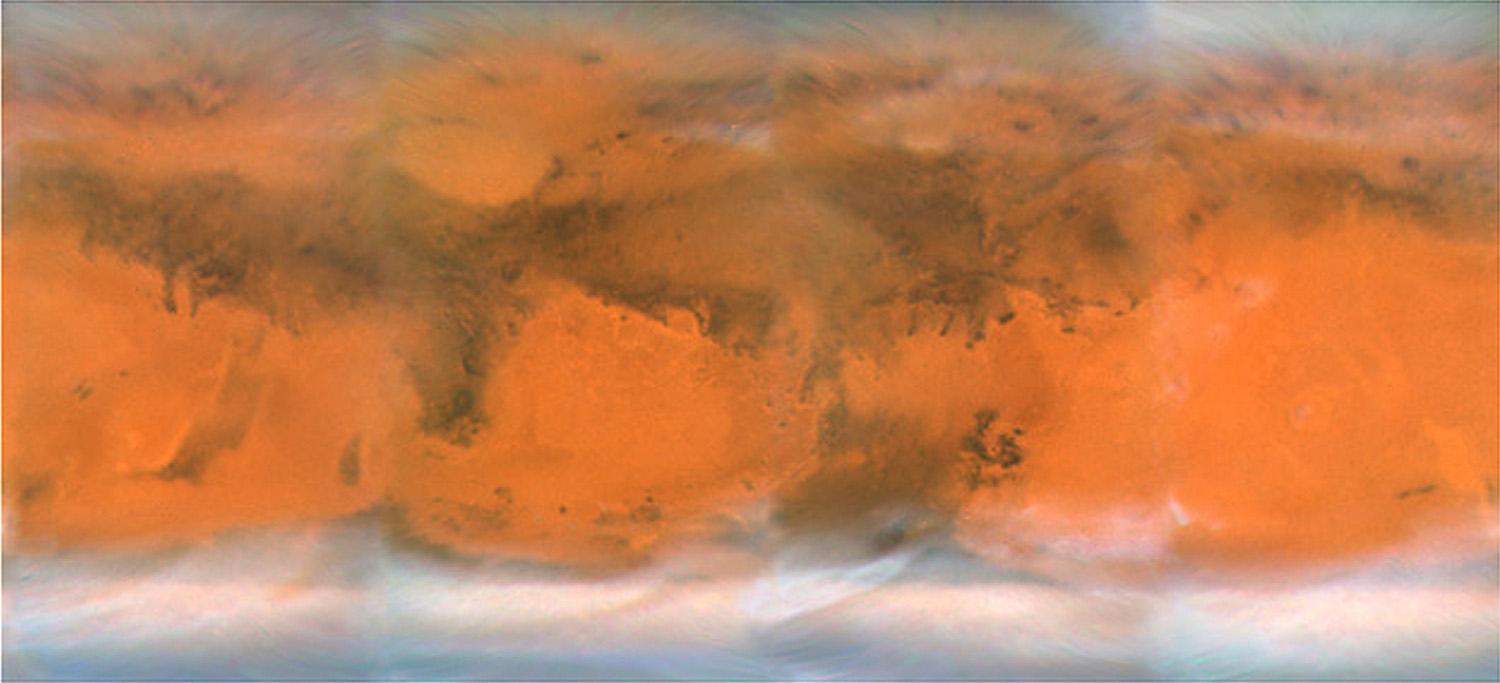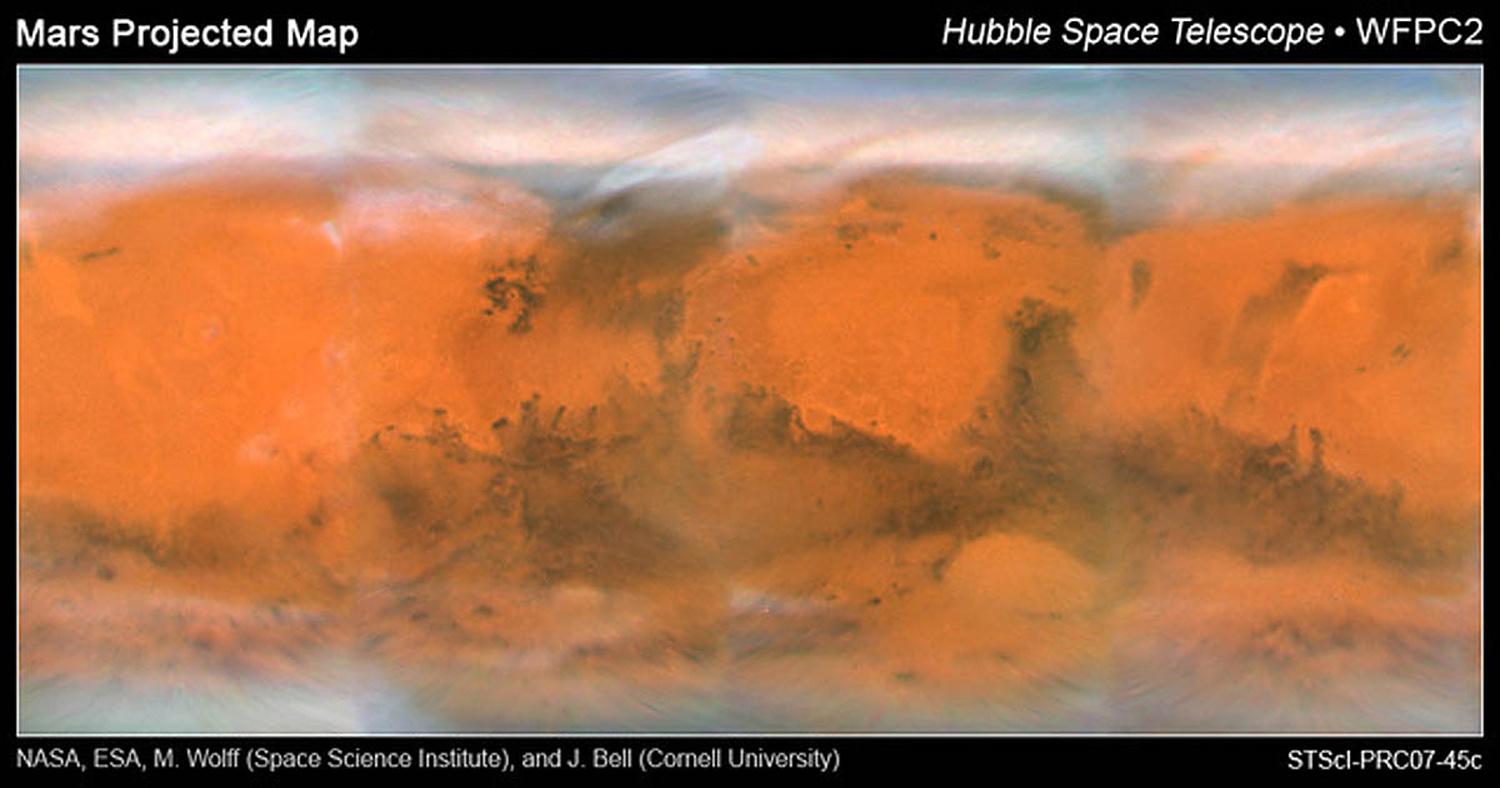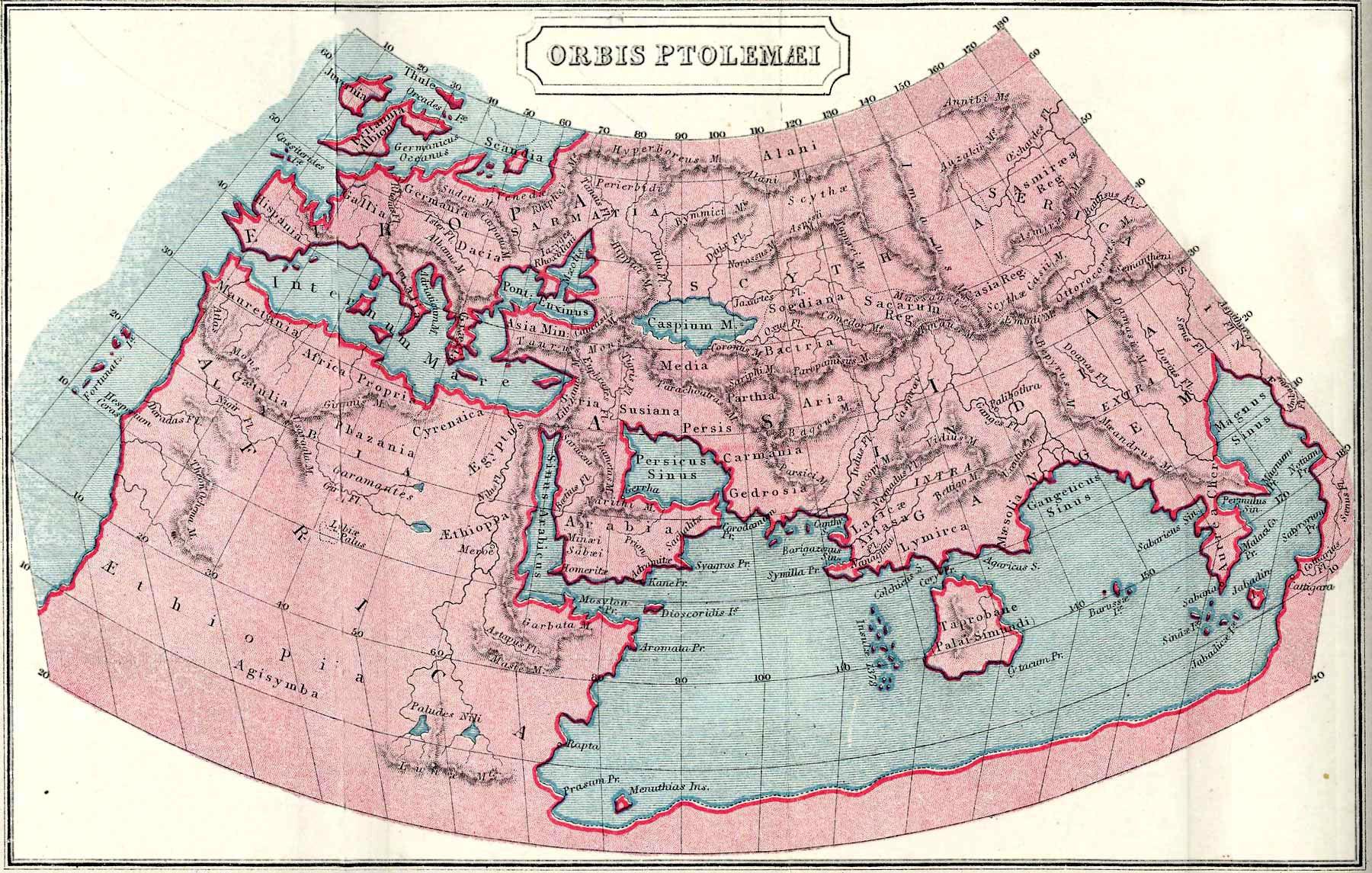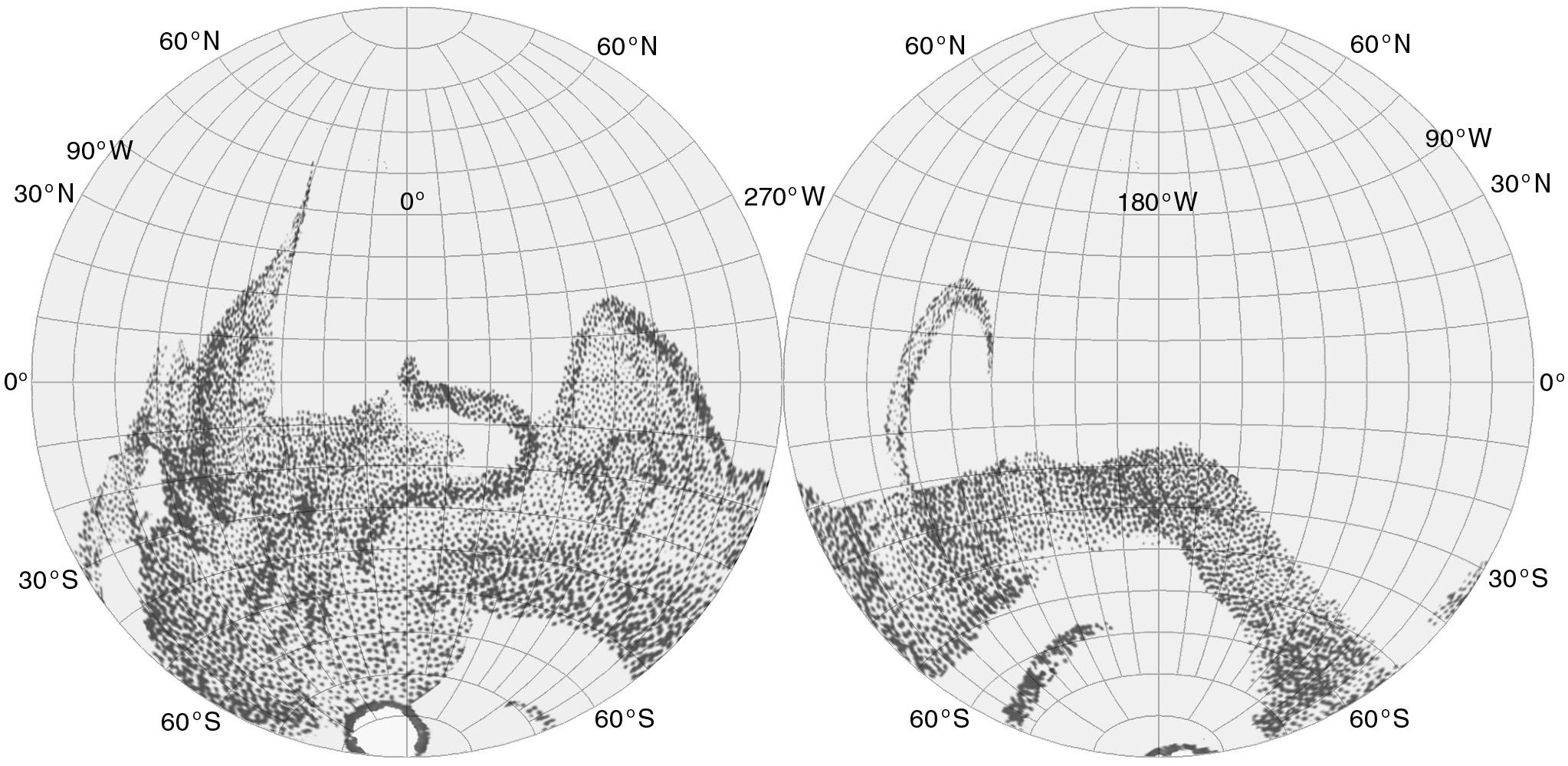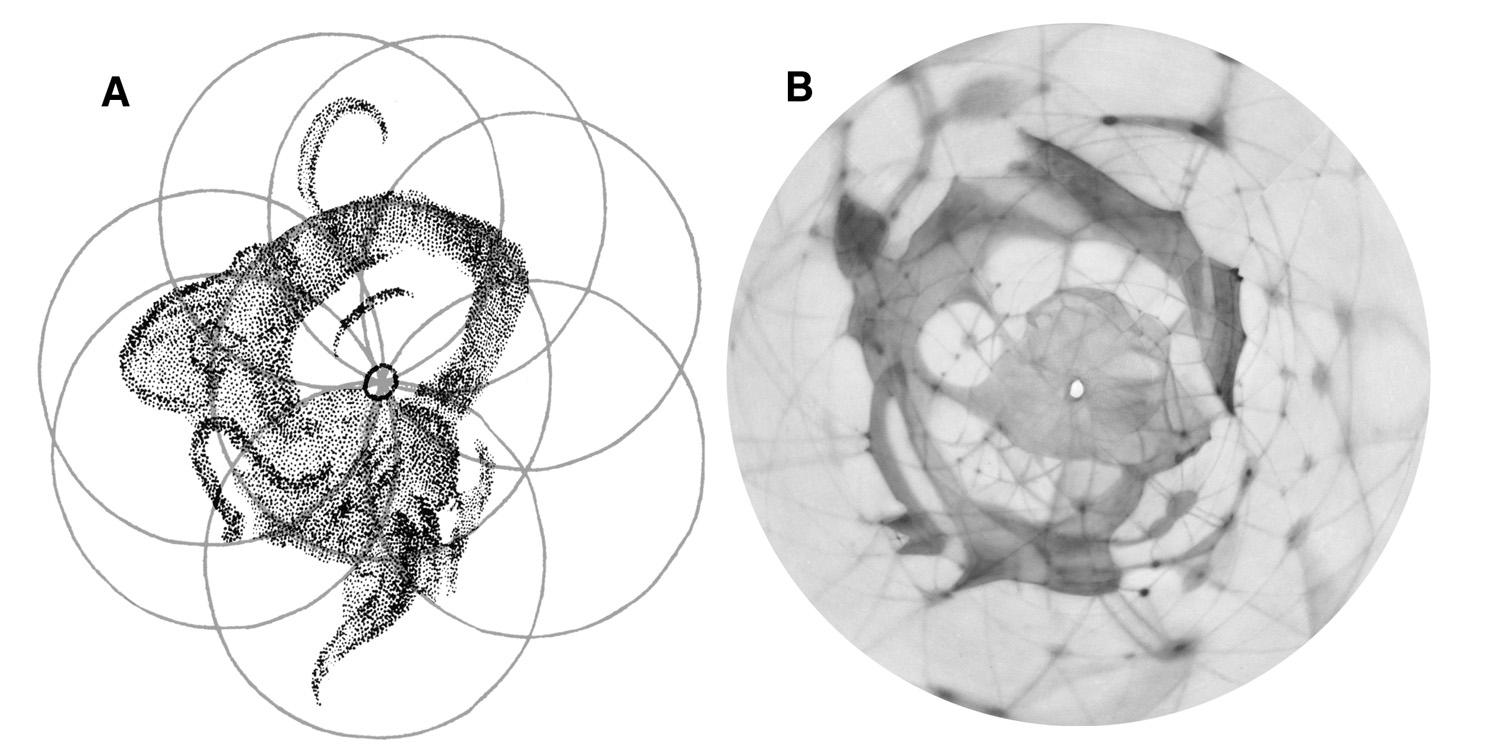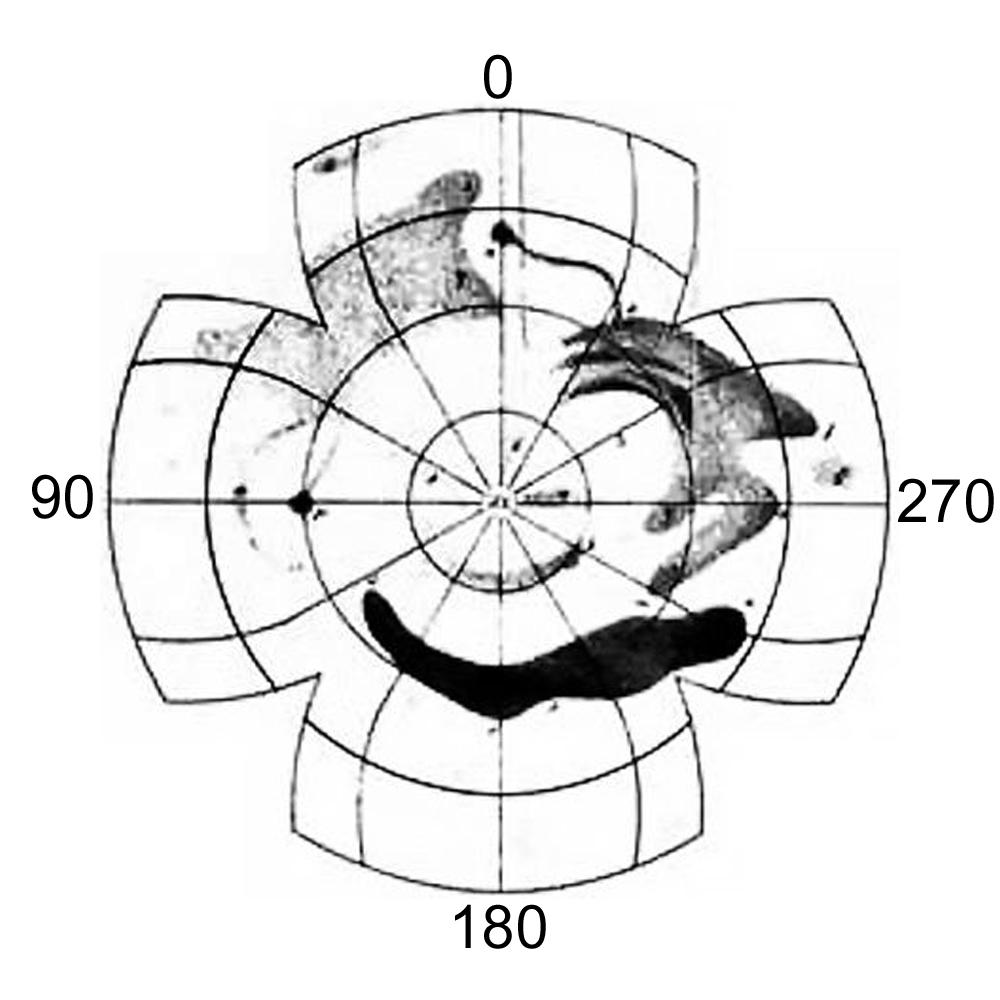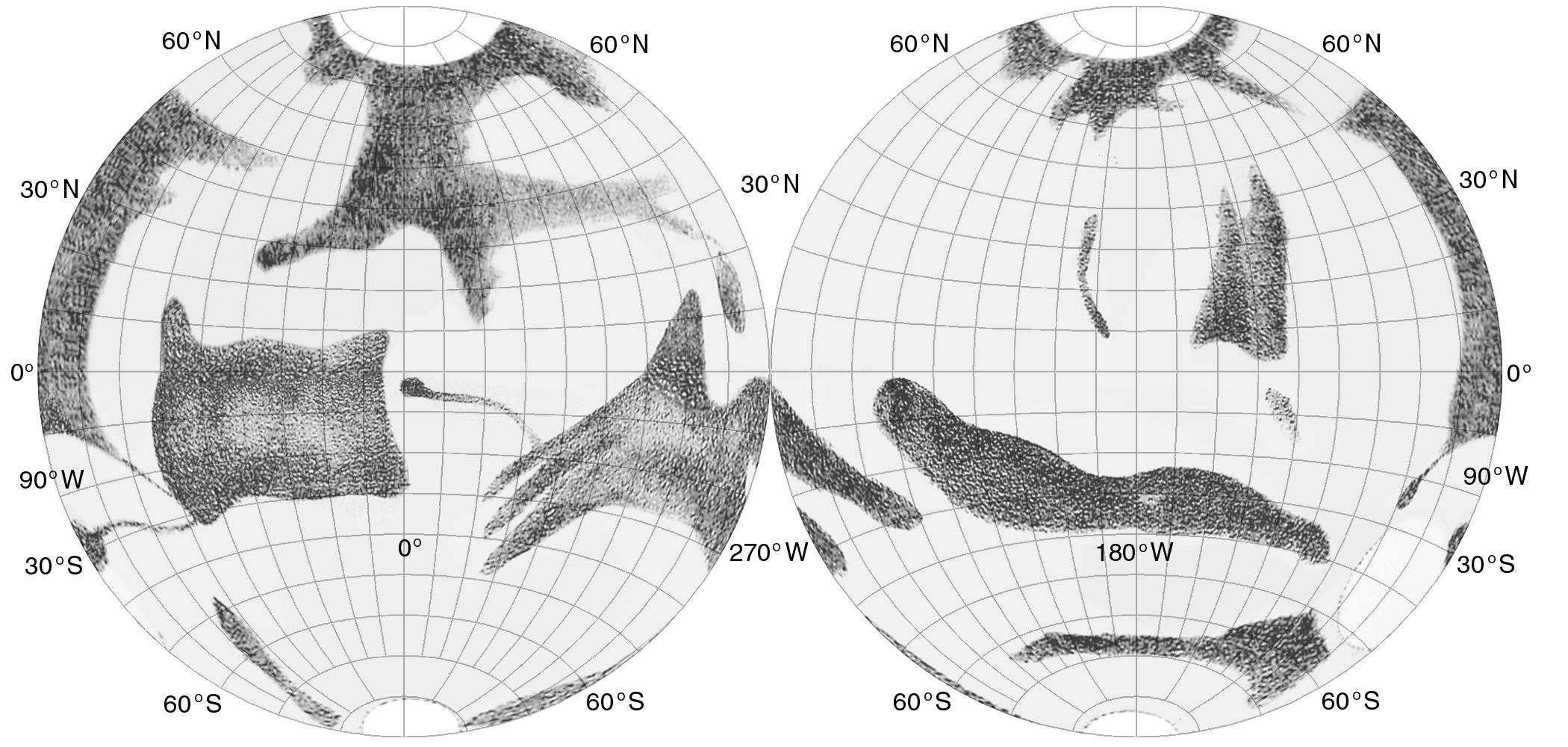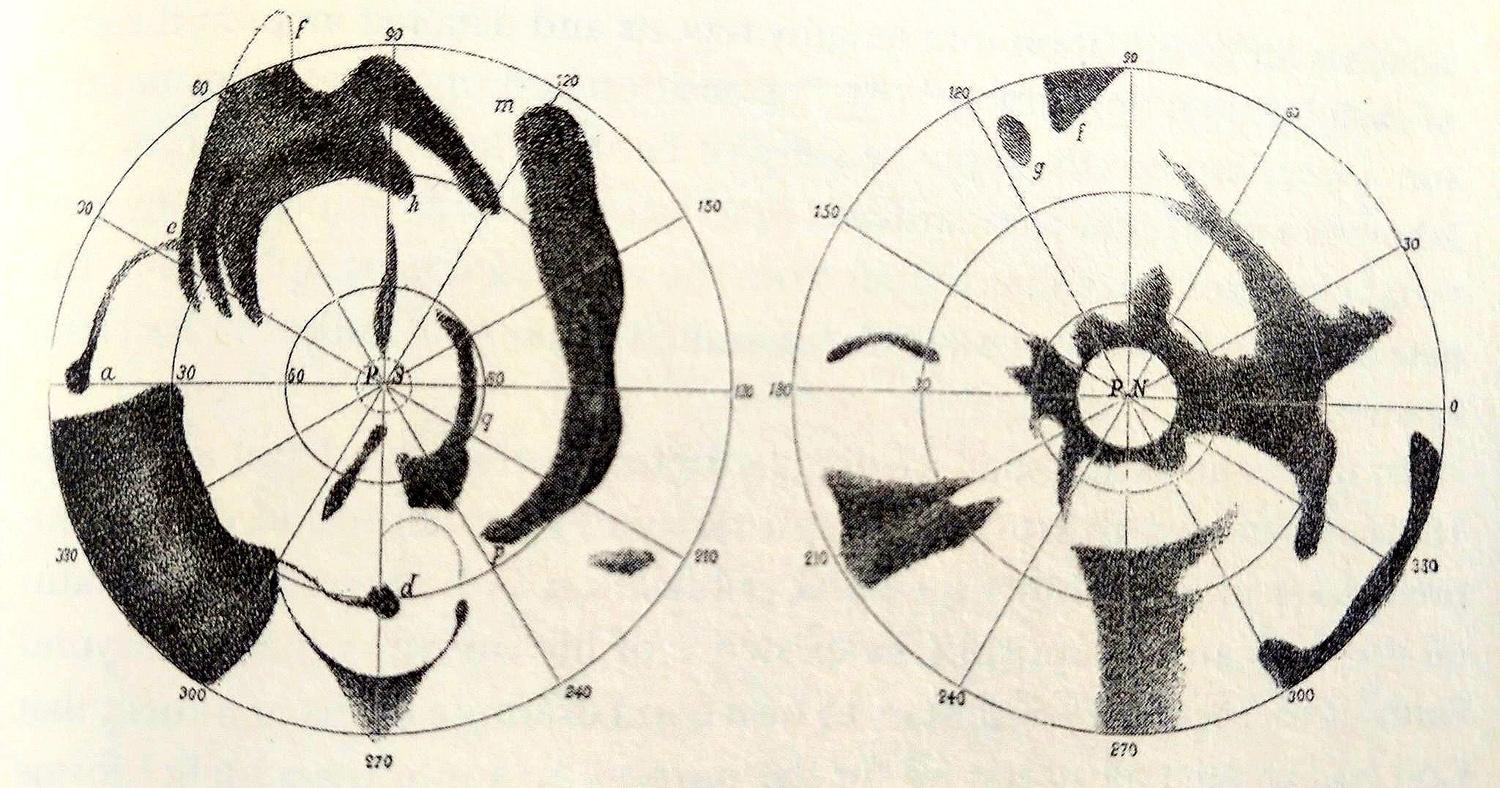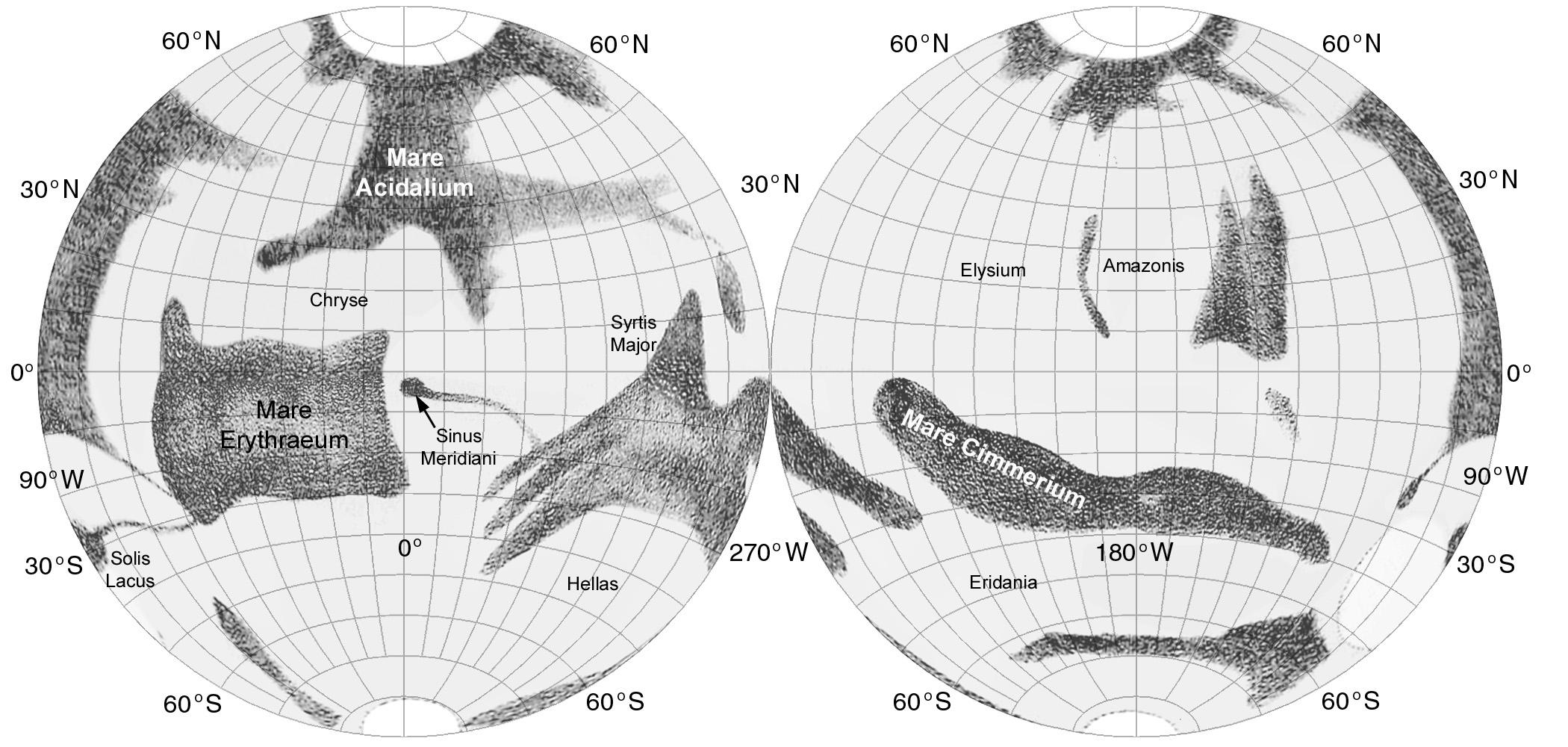Content Warning
Content Warning
Content Warning
Content Warning
Content Warning
Content Warning
Content Warning
Content Warning
Content Warning
These maps are from my first Mars atlas. I won't show every historic Mars map, just a few interesting ones. #maps #mars
Content Warning
https://asc-planetarynames-data.s3.us-west-2.amazonaws.com/rhea_comp.pdf
If you want to explore all such solar system names, go here:
https://planetarynames.wr.usgs.gov/
Use the menu bar underneath the banner image to explore names on maps of many worlds. You will notice asteroids are included. But interestingly, for some reason, not comets. I don't know why not. Even Rosetta's amazing comet 67P, which did get names in publications, never got official status for them. #maps #planets
